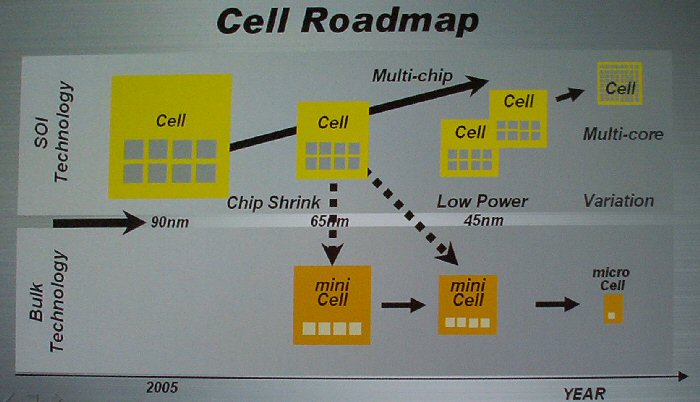Found an interesting article on the analysis of the Cell processor's power which also discusses the potential of a double precision version of the processor dubbed Cell+:
-aldo
Berkeley's research paper in pdf format: http://www.cs.berkeley.edu/~samw/projects/cell/CF06.pdfHPCwire - According to the authors, the current implementation of Cell is most often noted for its extremely high performance single-precision (32-bit) floating performance, but the majority of scientific applications require double precision (64-bit). Although Cell's peak double precision performance is still impressive relative to its commodity peers (eight SPEs at 3.2GHz = 14.6 Gflop/s), the group quantified how modest hardware changes, which they named Cell+, could improve double precision performance.
"Overall results demonstrate the tremendous potential of the Cell architecture for scientific computations in terms of both raw performance and power efficiency," the authors wrote. While their current analysis uses hand-optimized code on a set of small scientific kernels, the results are striking. On average, Cell is eight times faster and at least eight times more power efficient than current Opteron and Itanium processors, despite the fact that Cell's peak double precision performance is fourteen times slower than its peak single precision performance. If Cell were to include at least one fully utilizable pipelined double precision floating point unit, as proposed in their Cell+ implementation, these speedups would easily double.
-aldo

